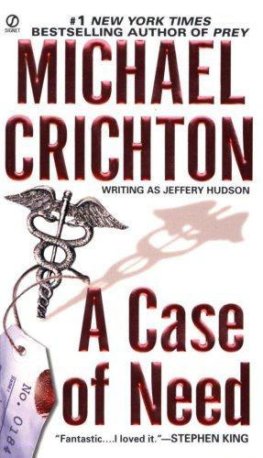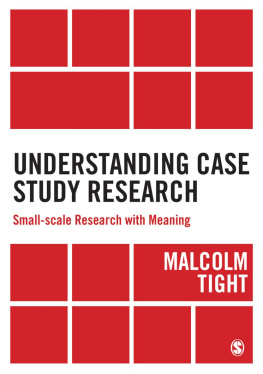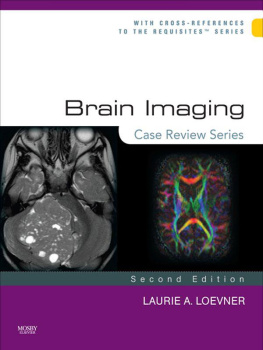ISBN 978-1-910399-01-9 Text, design and illustration Zeshan Qureshi 2017 Edited by Mark Rodrigues and Zeshan Qureshi Authored by Mohammed Rashid Akhtar, Naeem Ahmed, Nihad Khan. Published by Zeshan Qureshi. First published 2017 All rights reserved; no part of this publication may be reproduced, stored in a retrieval system, transmitted in any form, or by any means, electronic, mechanical, photocopying, recording, or otherwise, without the prior written permission of the publishers. Original design by Zeshan Qureshi. Layout & typesetting by SWATT Books Illustrated by SWATT Books A catalogue record for this book is available from the British Library. Acknowledgements: We would like to thank all the authors for their hard work, and our panel of student reviewers for their unique input.
We are extremely grateful for the support given by medical schools across the UK, Europe and Australia. We would also like to thank the medical students that have inspired this project, believed in this project, and have helped contribute to, promote, and distribute the book across the world. Although we have tried to trace and contact copyright holders before publication, in some cases this may not have been possible. If contacted we will be pleased to rectify any errors or omissions at the earliest opportunity. Knowledge and best practice in this field are constantly changing. As new research and experience broaden our understanding, changes in research methods, professional practices, or medical treatment may become necessary.
Practitioners and researchers must always rely on their own experience and knowledge in evaluating and using any information, methods, compounds, or experiments described herein. In using such information or methods they should be mindful of their own safety and the safety of others, including parties for whom they have a professional responsibility. With respect to any drug or pharmaceutical products identified, readers are advised to check the most current information provided (i) on procedures featured or (ii) by the manufacturer of each product to be administered, to verify the recommended dose or formula, the method and duration of administration, and contraindications. It is the responsibility of practitioners, relying on their own experience and knowledge of their patients, to make diagnoses, to determine dosages and the best treatment for each individual patient, and to take all appropriate safety precautions. To the fullest extent of the law, neither the Publisher nor the authors, contributors, or editors, assume any liability for any injury and/or damage to persons or property that may occur as a result of any person acting or not acting based on information contained in this book Printed and bound by Finidr, Czech Republic
Almost every patient has some form of medical imaging performed during his or her investigations and management. The commonest type of imaging modality remains the X-ray.
Chest X-rays are a frequently performed and particularly important test that all doctors should be able to interpret. Despite its universal importance, X-ray interpretation is often an overlooked subject in the medical school curriculum, making it difficult and daunting for many medical students and junior doctors. The Unofficial Guide to Radiology: 100 Practice Chest X-Rays, with Full Colour Annotations and Full X-Ray Reports aims to help address this. The key to interpreting X-rays is having a systematic method for assessment, and then getting lots of practice looking at and presenting X-rays. The best-selling core radiology text The Unofficial Guide to Radiology was specifically designed for medical students, radiographers, physicians associates, and junior doctors. It outlines a comprehensive system for assessing X-rays, in additional to clinical and radiology based MCQs to contextualise the radiographs to real clinical scenarios.
Its approach led to recognition from the British Medical Association, the British Institute of Radiology and the Royal College of Radiologists. This follow-up textbook builds upon these foundations, providing readers with the opportunity to practise and consolidate their chest X-ray assessment and presenting skills. There are lots of radiology textbooks available, but many have important limitations. Most have small, often poor quality images which are not ideal for displaying the radiological findings. The findings are usually only described in a figure below the image, and it may be difficult to know exactly what part of the image corresponds to which finding! Many textbooks deal with X-rays in isolation rather than in a useful clinical context. We have designed this book to allow readers to practice interpreting X-rays in as useful and clinically relevant way as possible.
There are: 100 large, high quality chest X-rays to assess. Cases presented in the context of a clinical scenario and covering a wide range of common and important findings (in line with the Royal College of Radiologists Undergraduate Radiology Curriculum). Detailed on-image colour annotations to highlight key findings. Comprehensive systematic X-ray reports. Relevant further investigations and management are discussed for each case. The cases are divided by difficulty into standard, intermediate and advanced based on the imaging findings and clinical implications.
Each begins with a clinical scenario and a chest X-ray for you to interpret. You can then turn over the page, and find a fully annotated version of the same X-ray with a comprehensive report. Each systematically structured report is colour coded to match the corresponding labelled image. Each report is based on the ABCDE approach to chest X-ray interpretation, as recommended in The Unofficial Guide to Radiology:
Technical features: Patient ID, projection, inspiration, rotation.
Airway: Tracheal position.
Circulation and mediastinum: Heart size/shape/borders, aorta, mediastinum, hila.
Diaphragm and delicates: Diaphragm position/shape, pneumoperitoneum, skeleton, soft tissues.
Extras: Anything else e.g.
Extras: Anything else e.g.
ECG clips, line, tubes, surgical staples. Review areas: Lung apices/hila/behind heart/costophrenic angles/below the diaphragm. Summary: Putting together the salient findings of the X-ray with a differential diagnosis. Investigations and management: The next steps in management after taking on board X-ray findings.


With this textbook, we hope you will become more confident and competent interpreting chest X-rays, both in exam situations and in clinical practice. We also hope that this is just the beginning; we want you to get involved! This textbook has been a collaboration with junior doctors and students just like you.
You have the power to contribute something really valuable to medical education; we welcome your suggestions and would love for you to get in touch. A good starting point is our Facebook page, which is growing into a forum for medical education. Please get in touch and be part of the medical education project.














 With this textbook, we hope you will become more confident and competent interpreting chest X-rays, both in exam situations and in clinical practice. We also hope that this is just the beginning; we want you to get involved! This textbook has been a collaboration with junior doctors and students just like you.
With this textbook, we hope you will become more confident and competent interpreting chest X-rays, both in exam situations and in clinical practice. We also hope that this is just the beginning; we want you to get involved! This textbook has been a collaboration with junior doctors and students just like you. 
